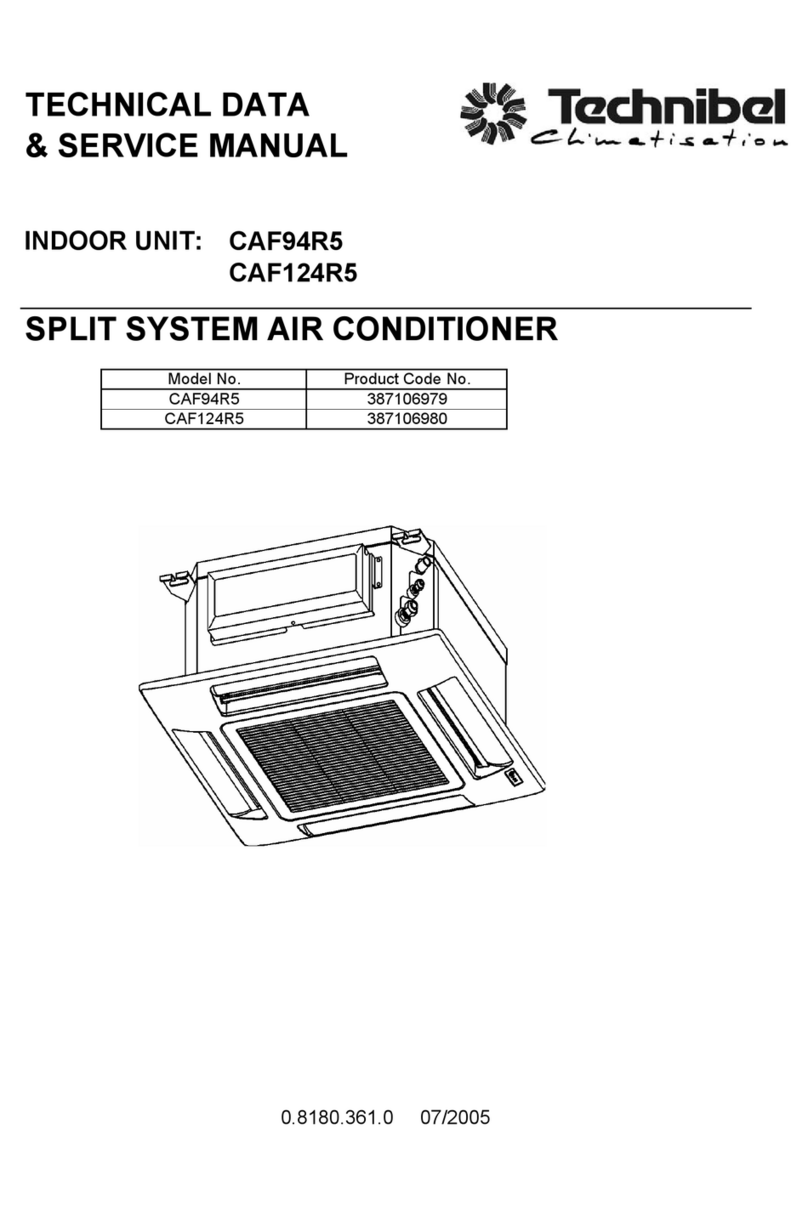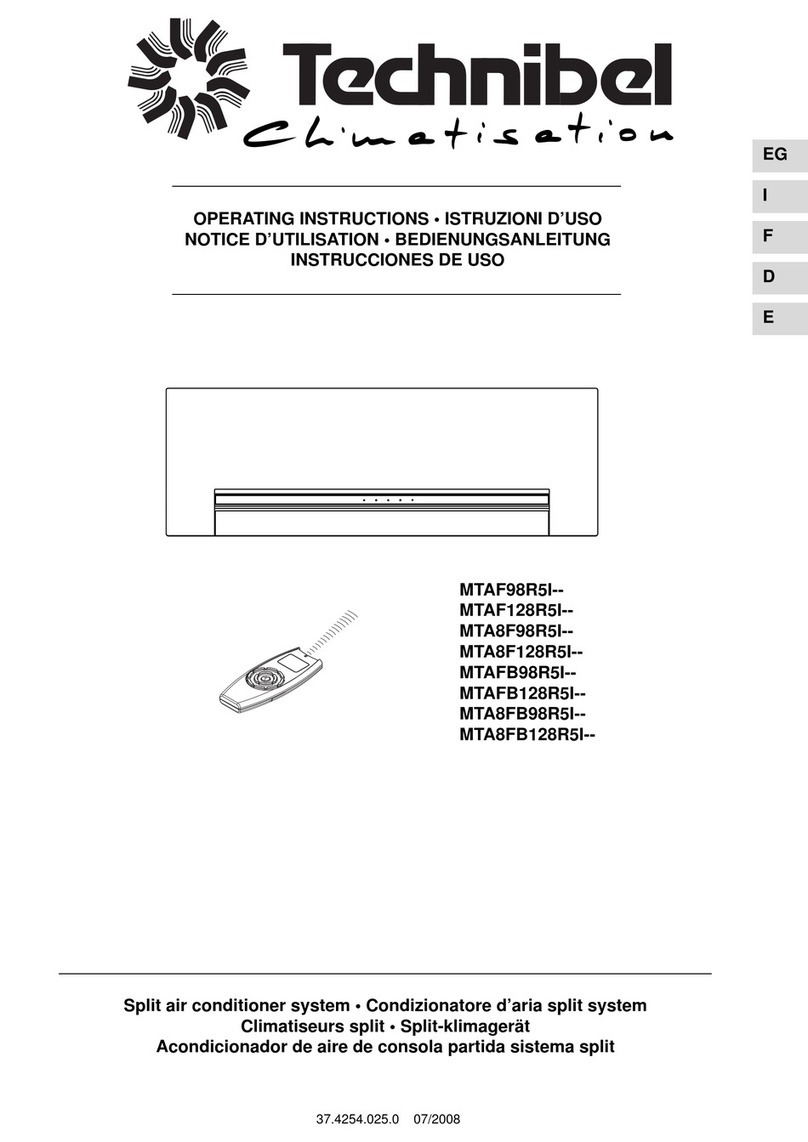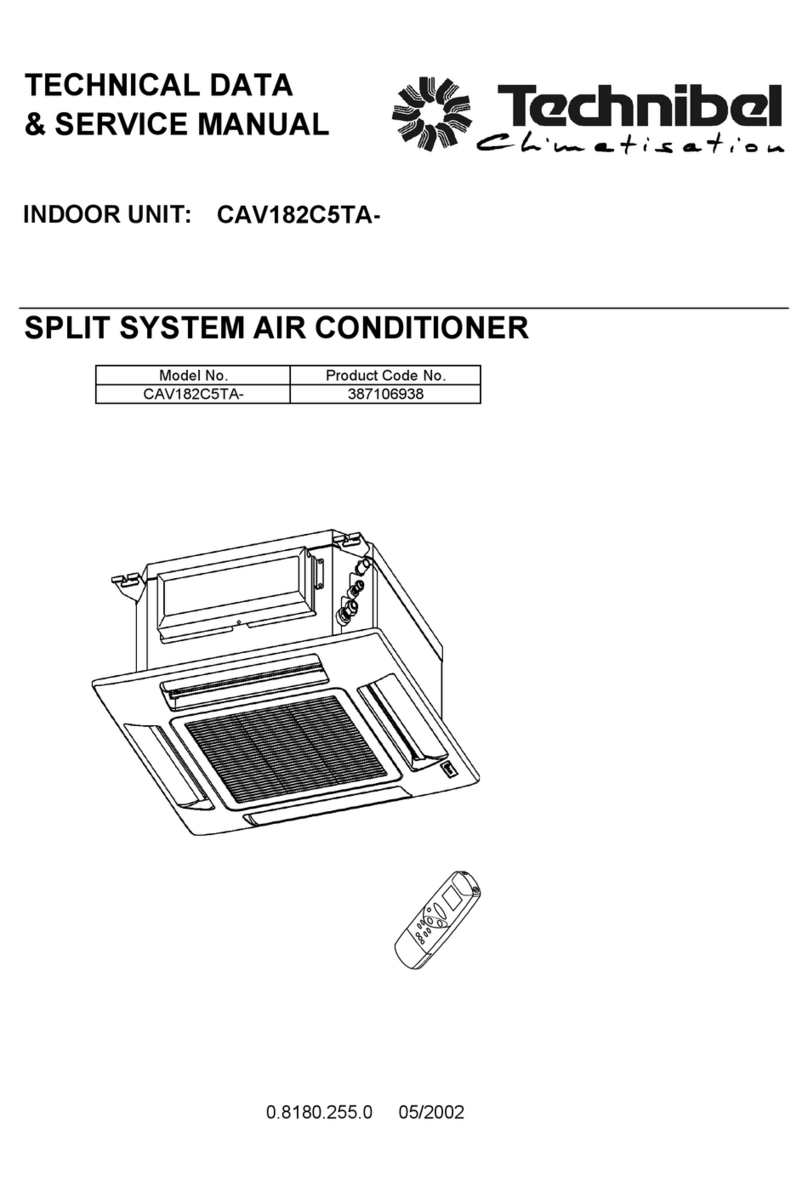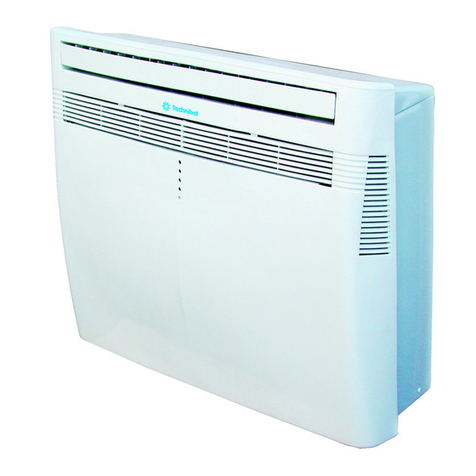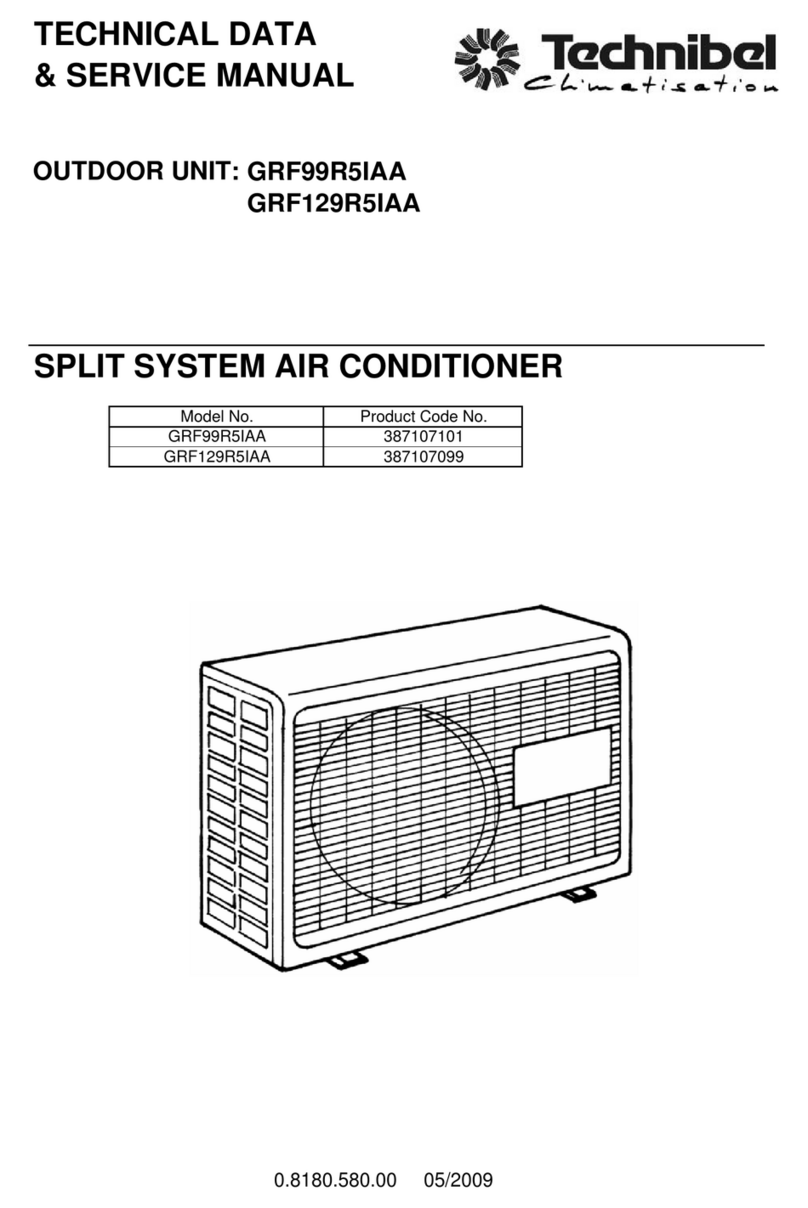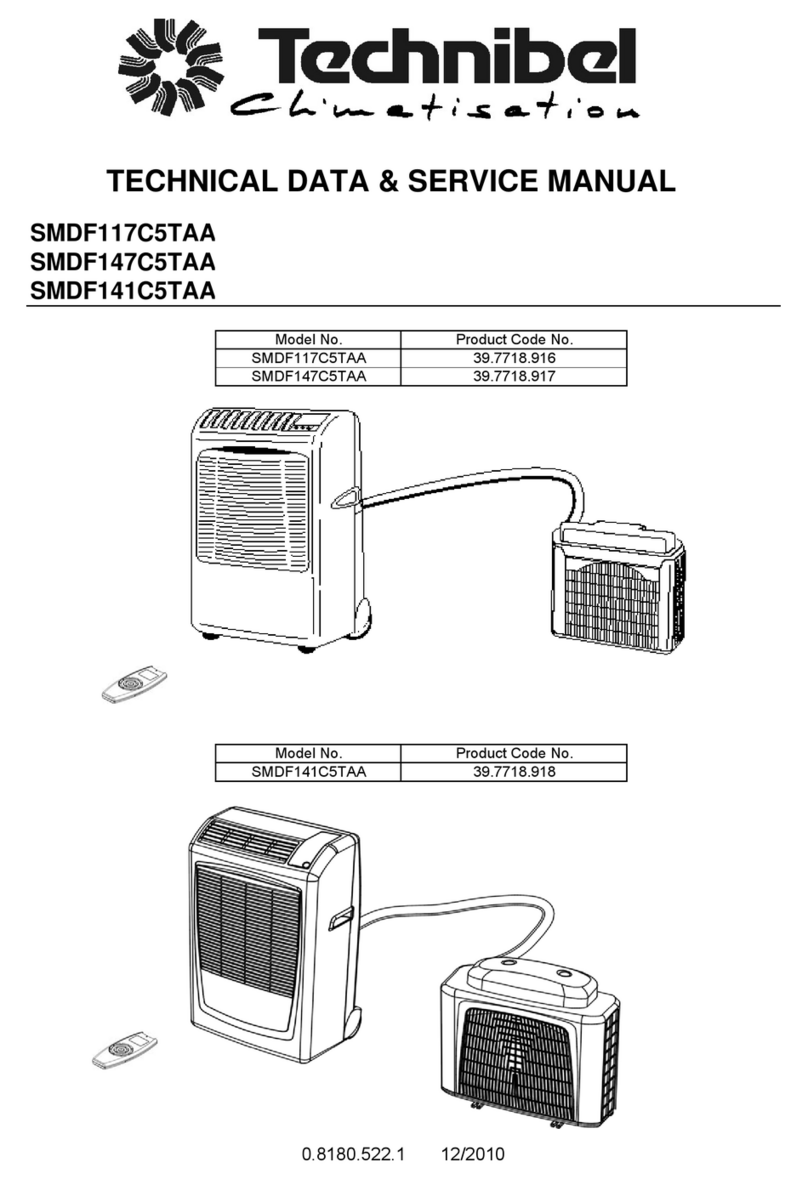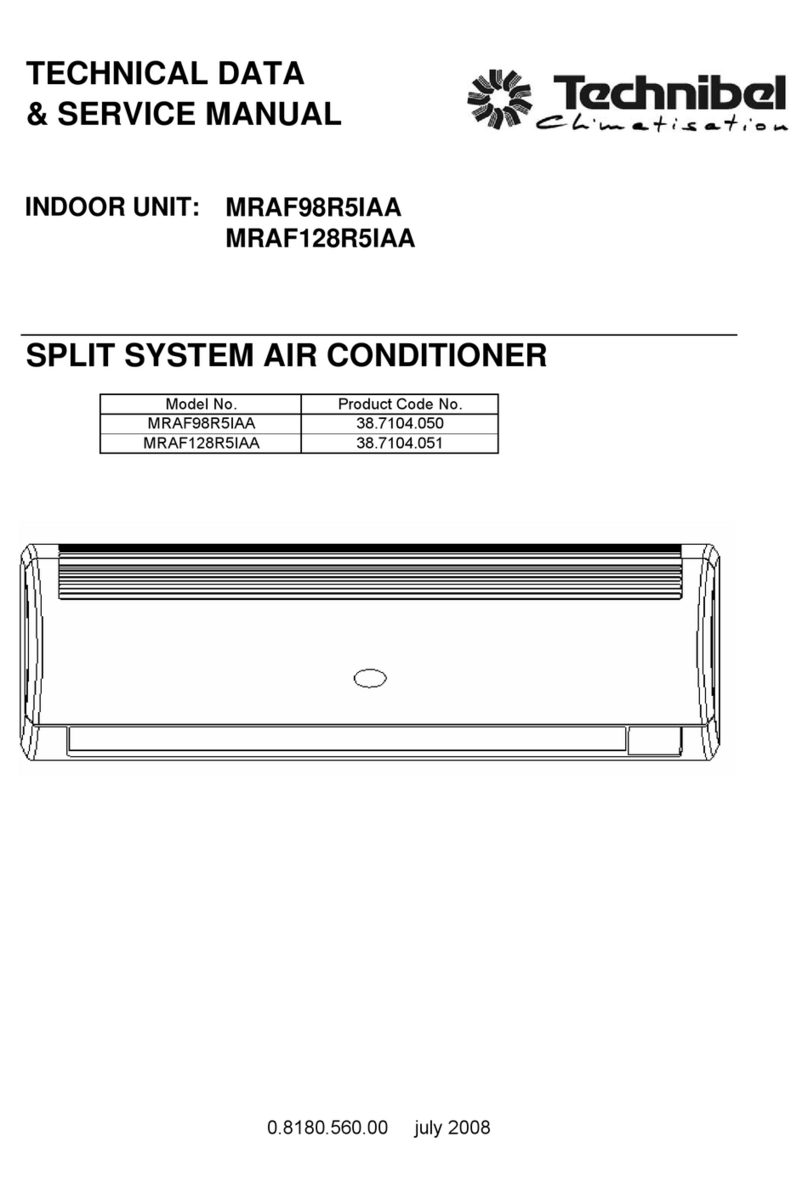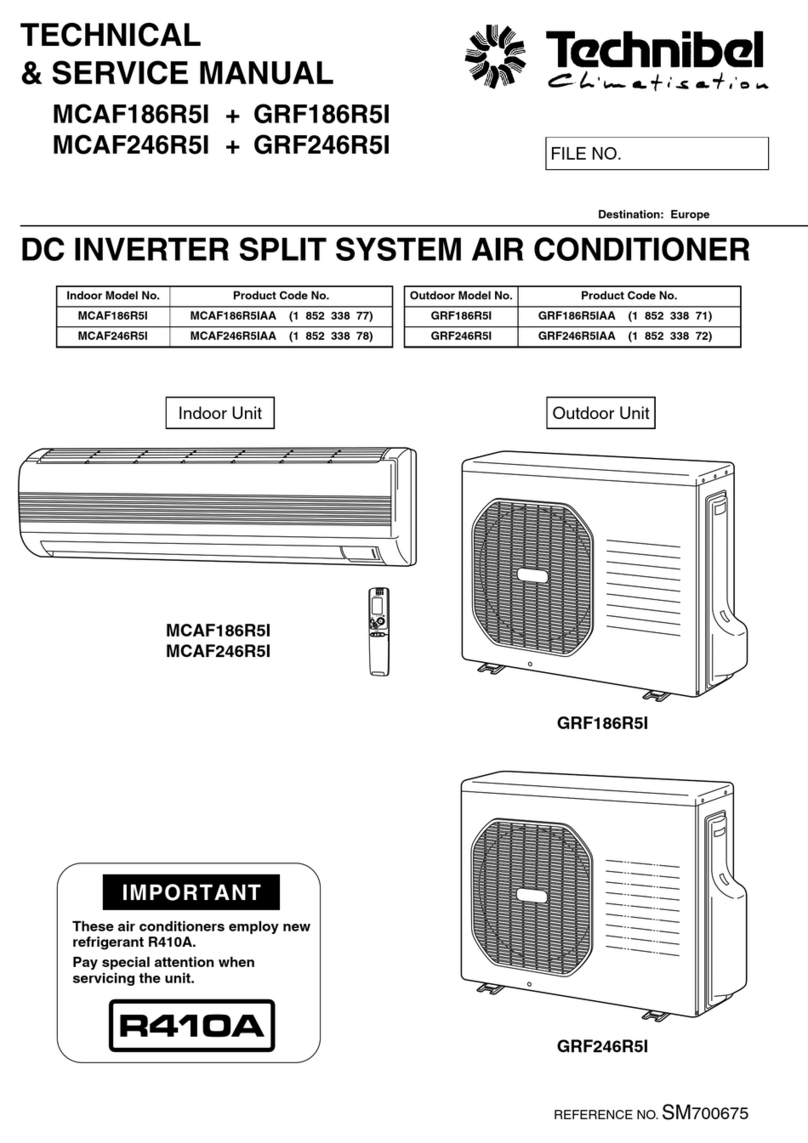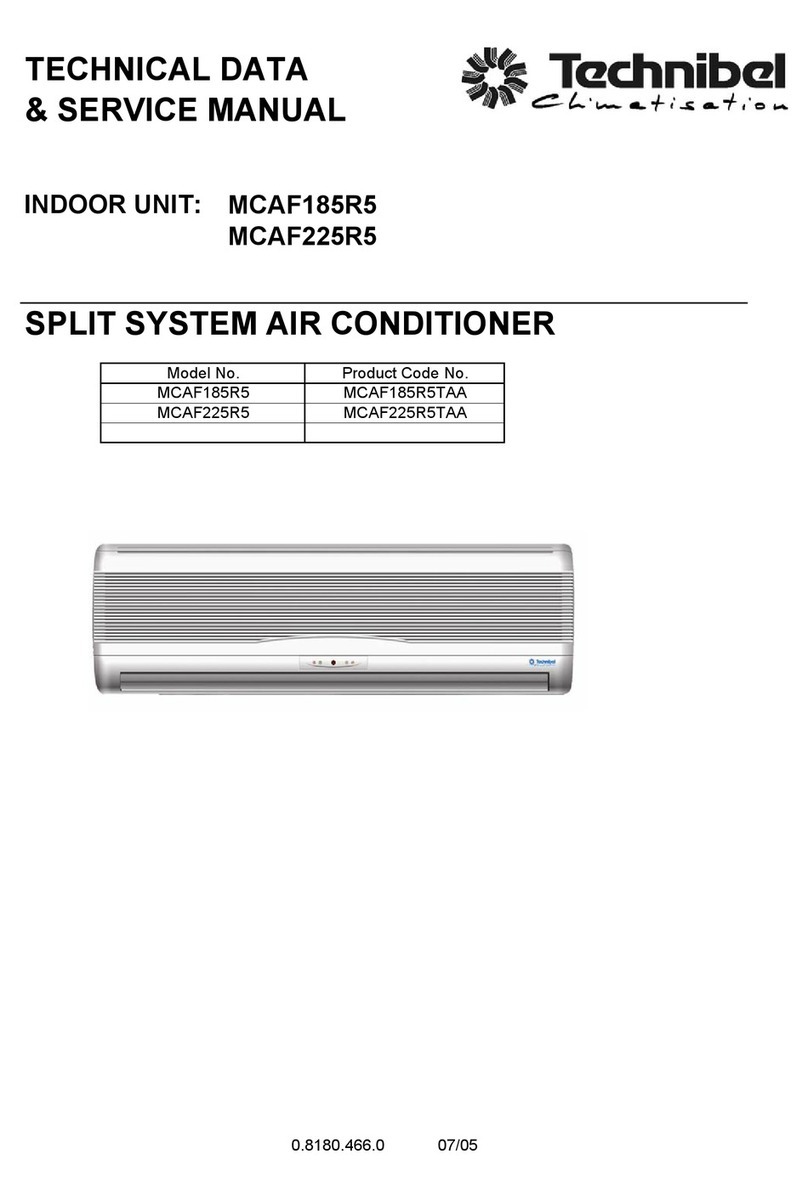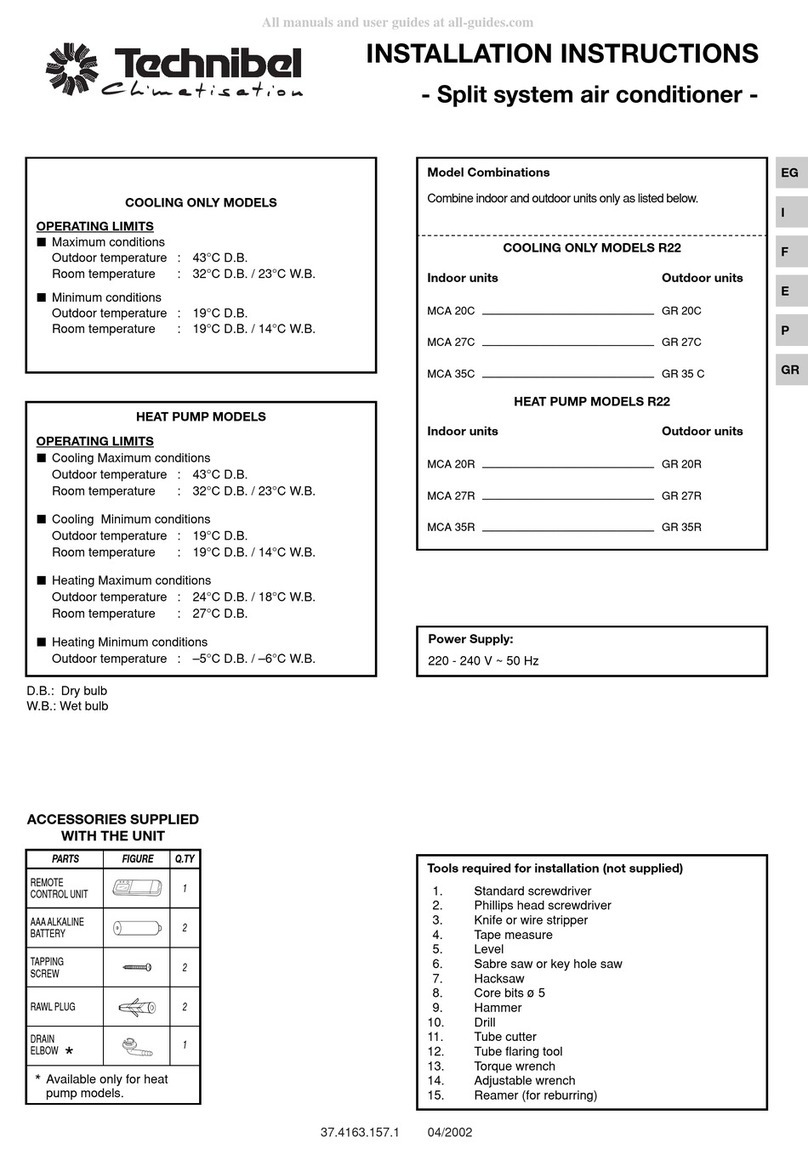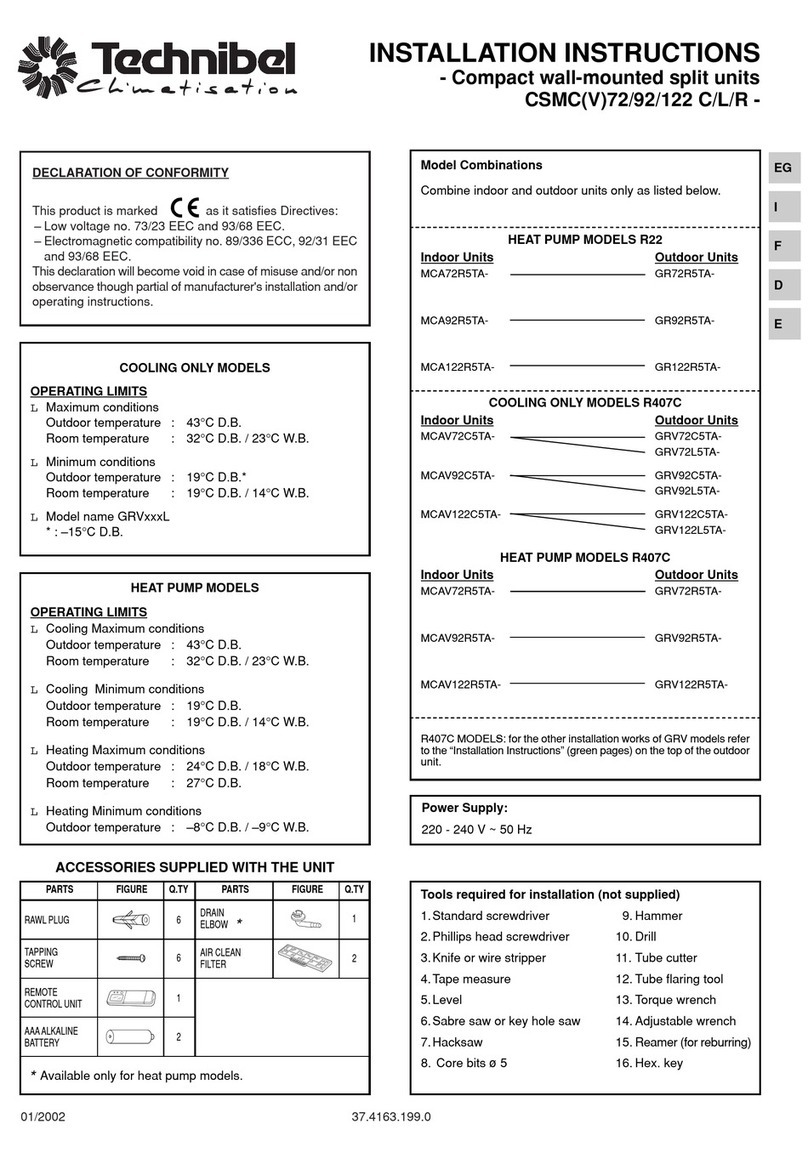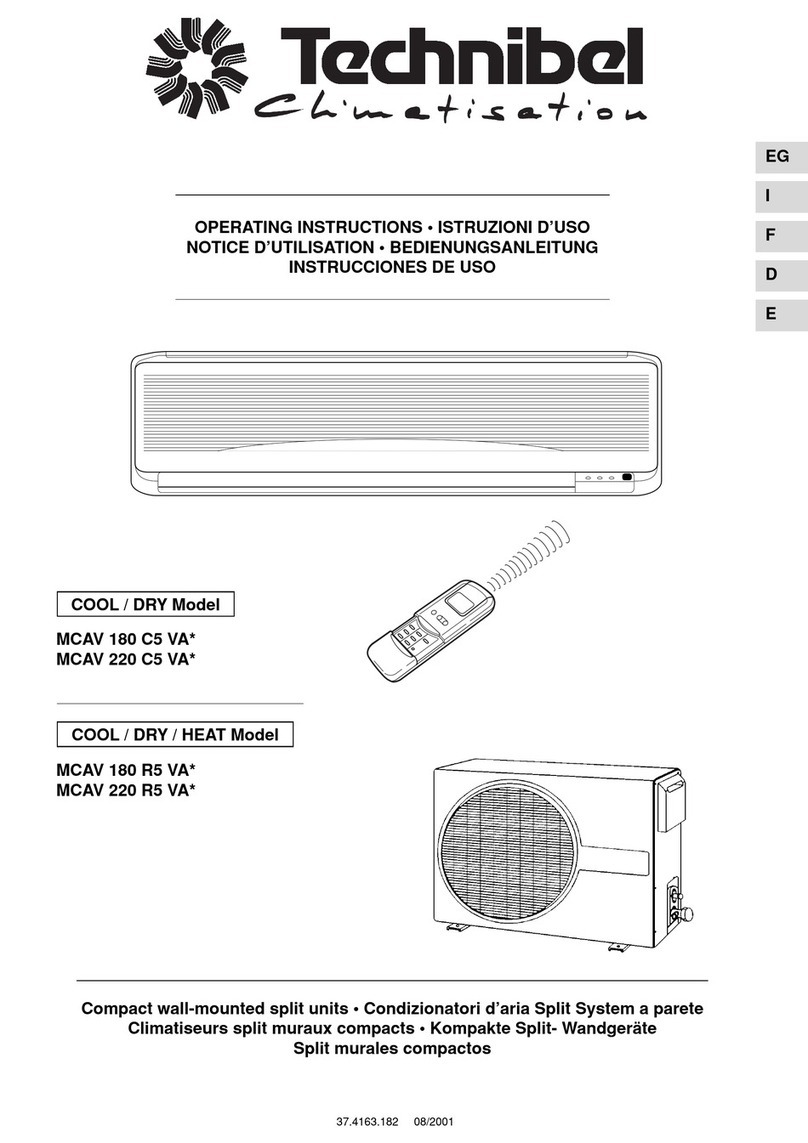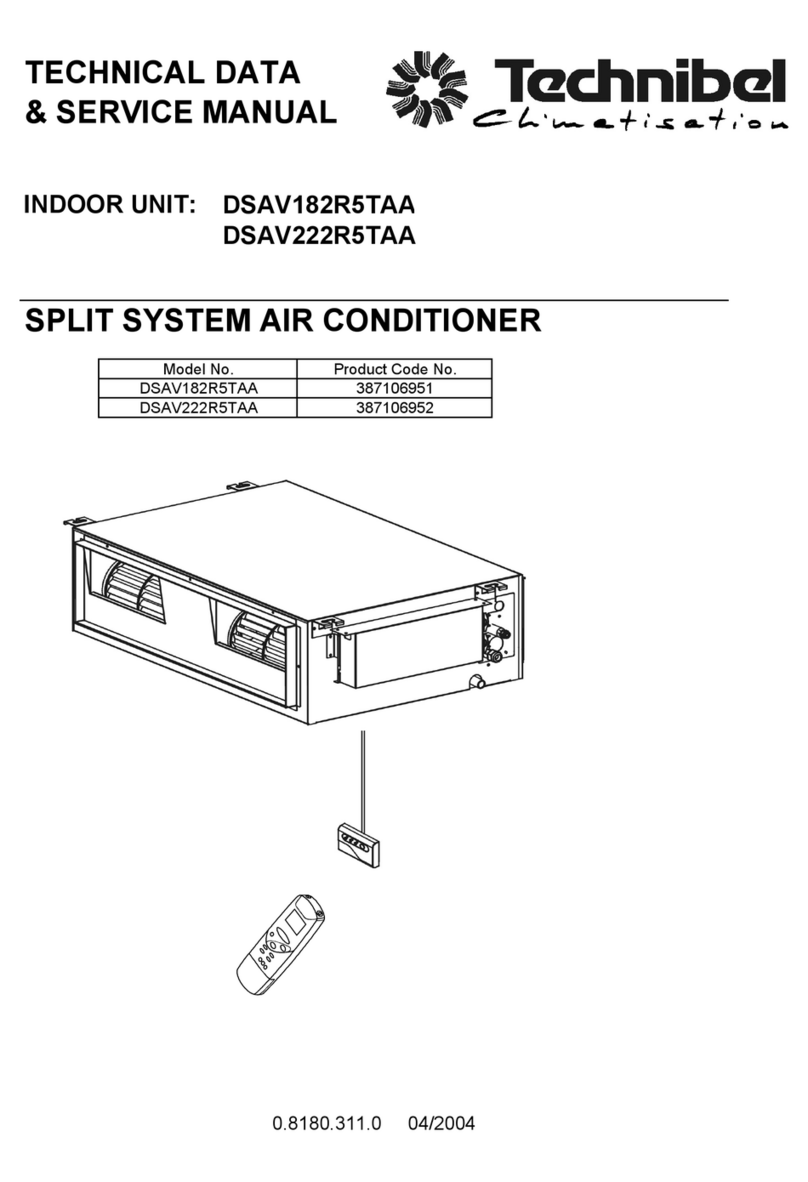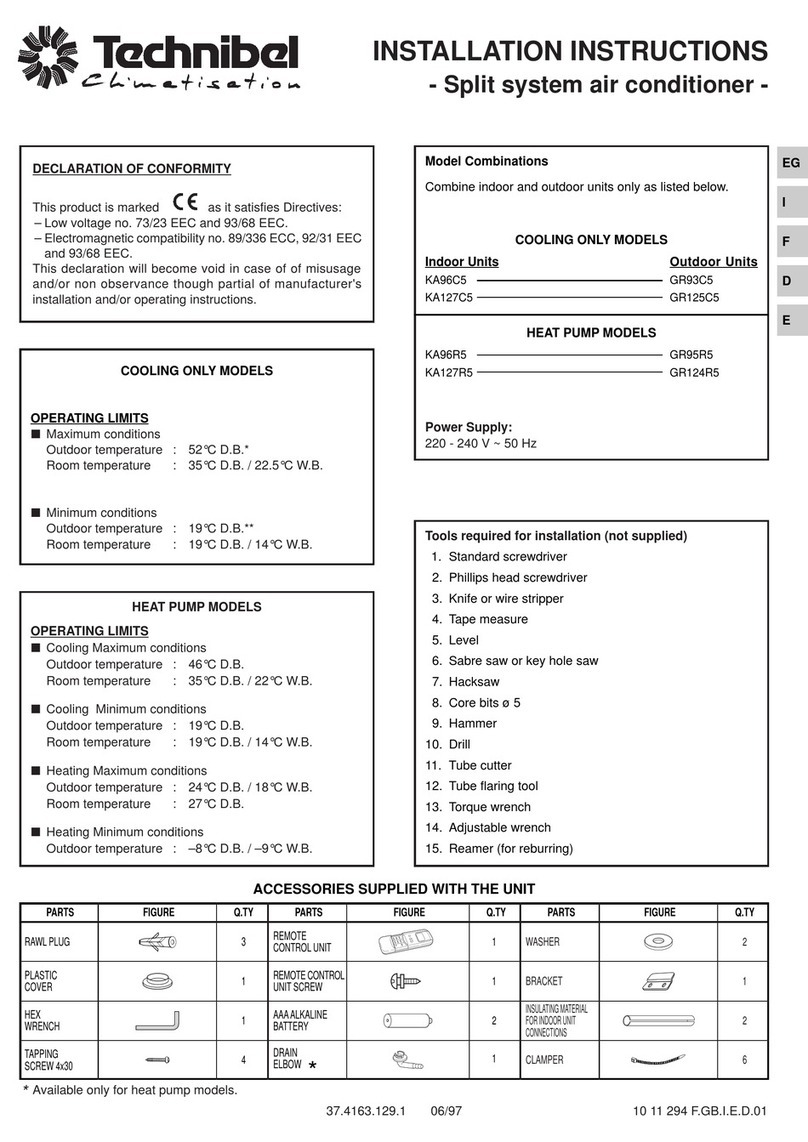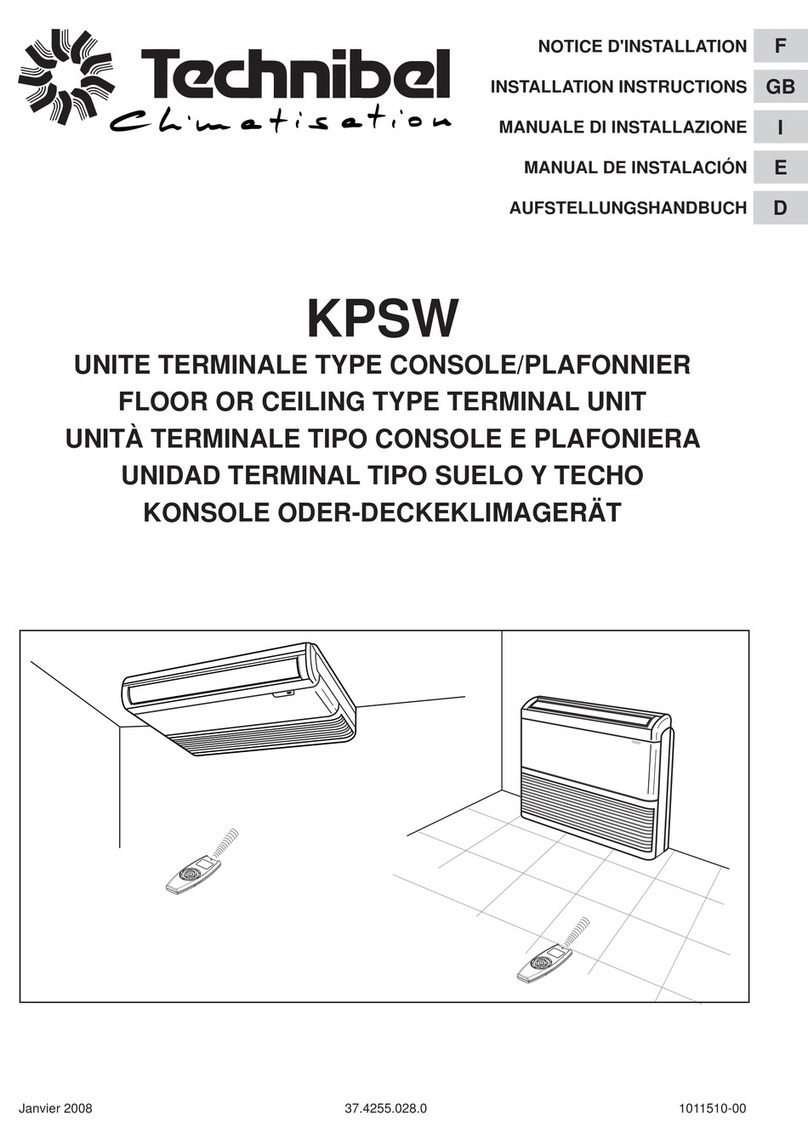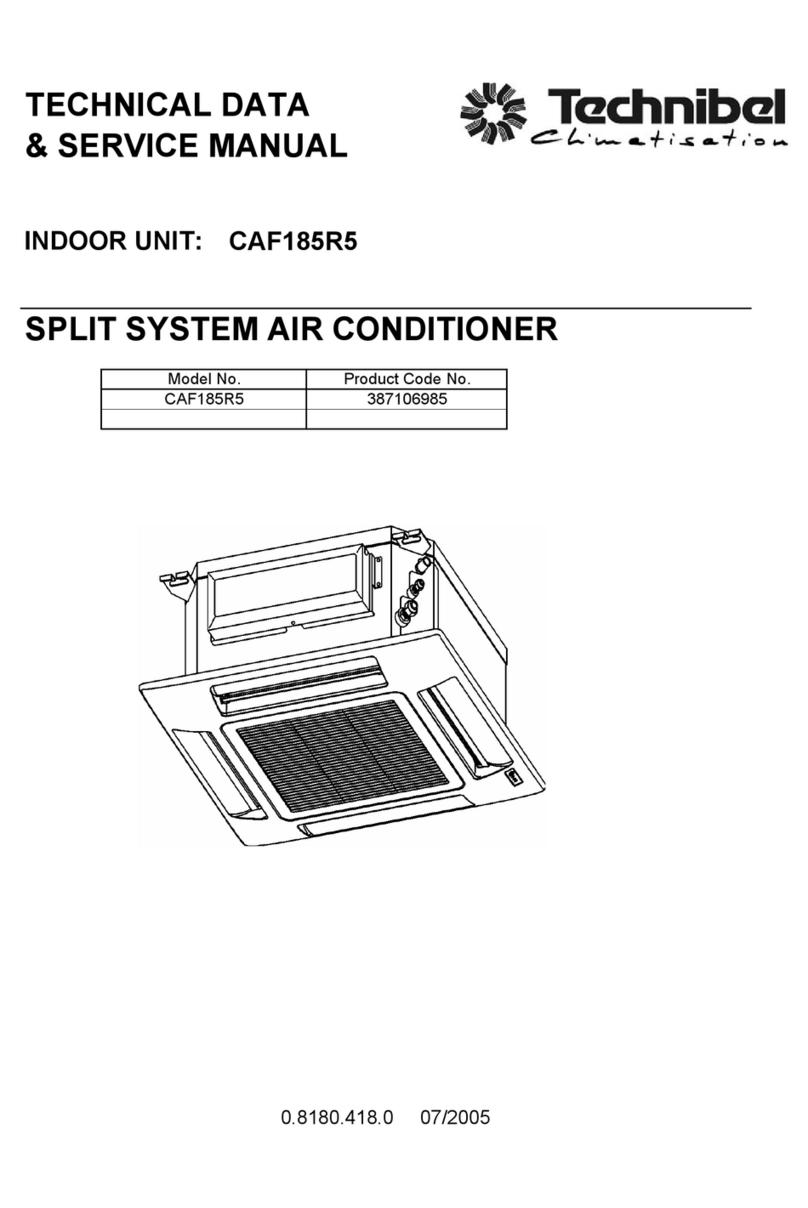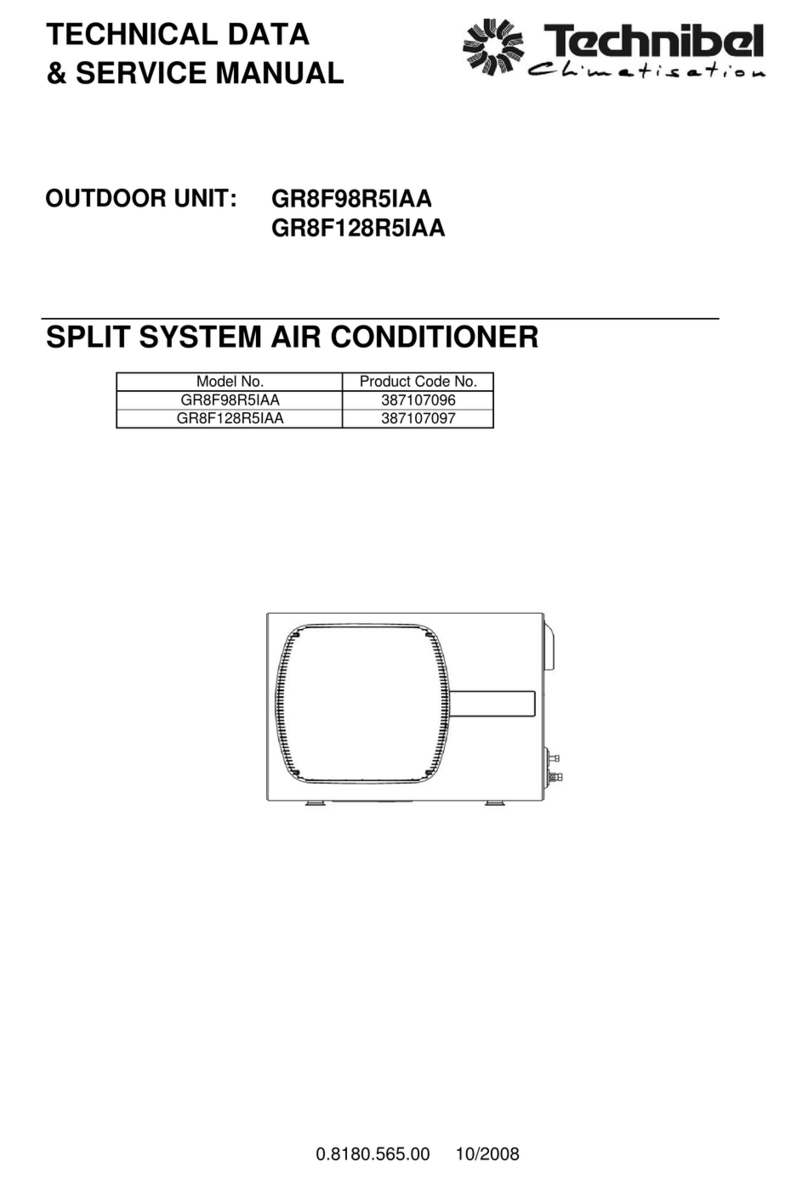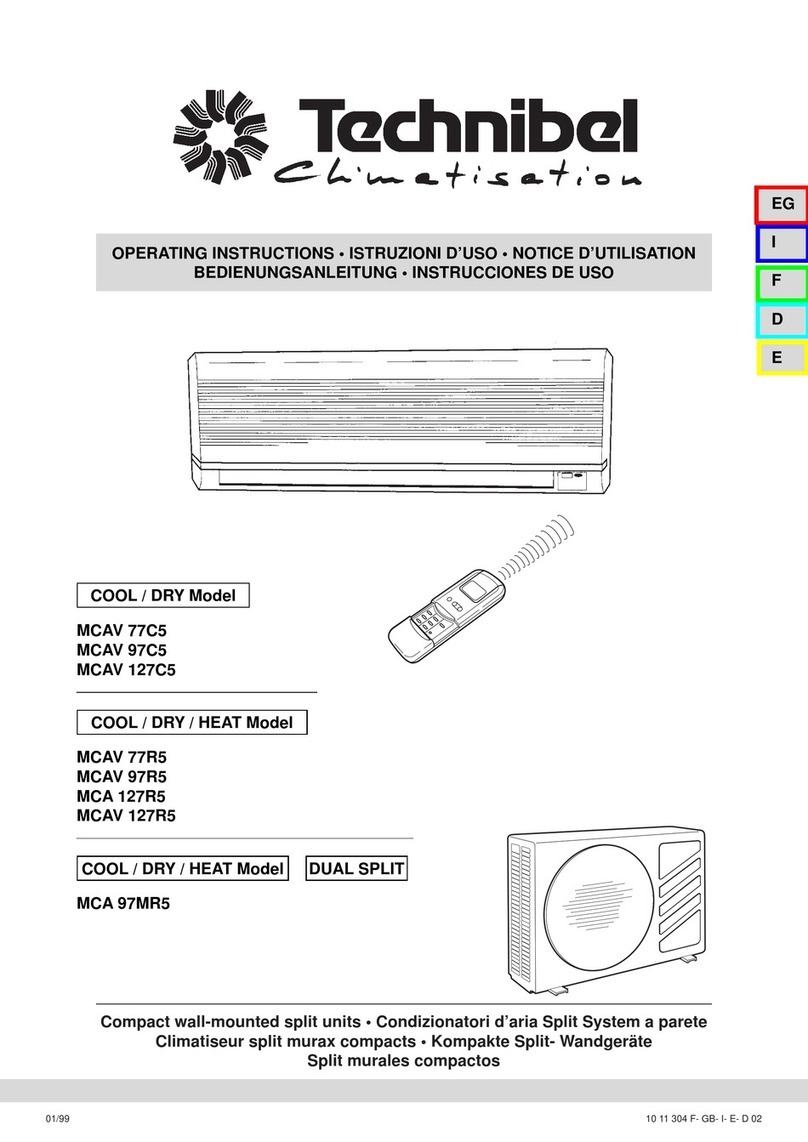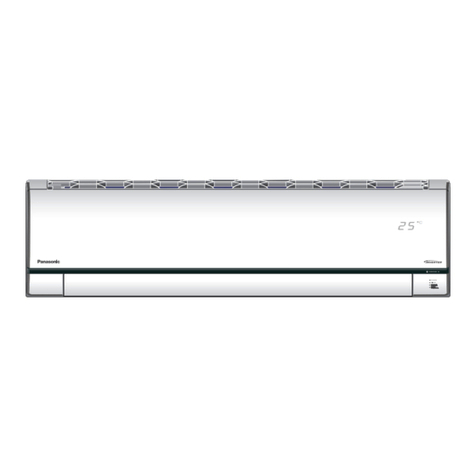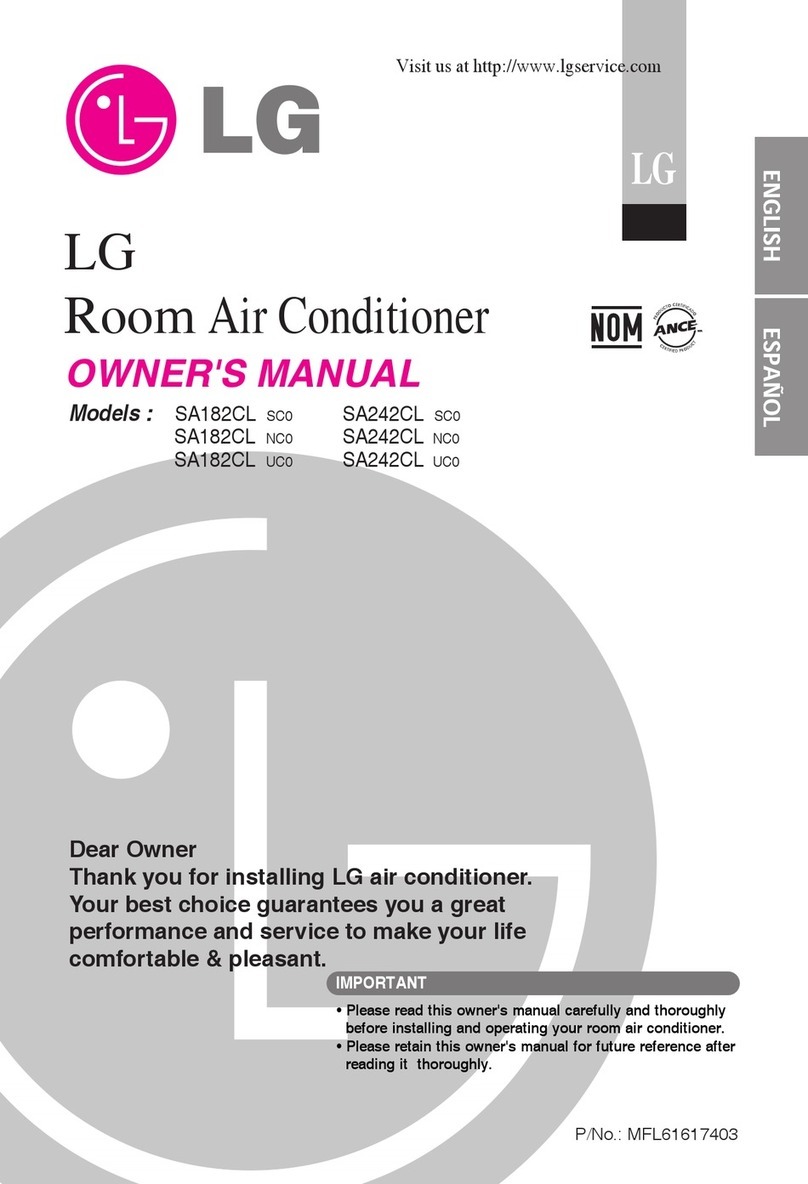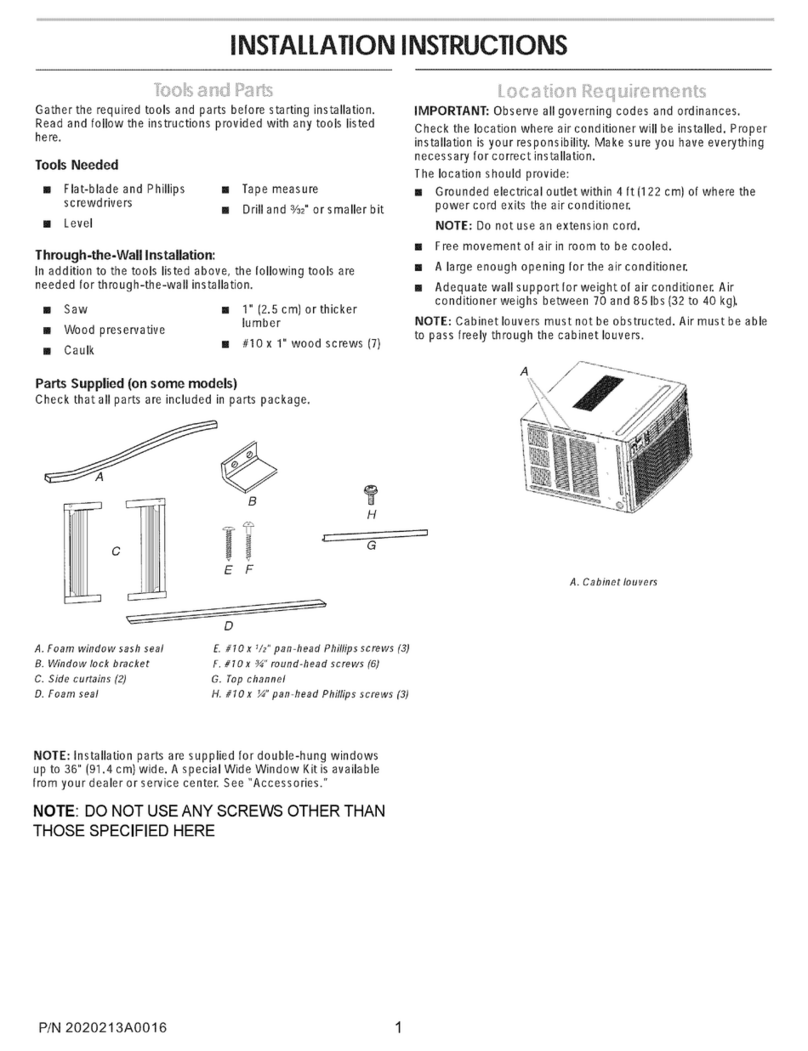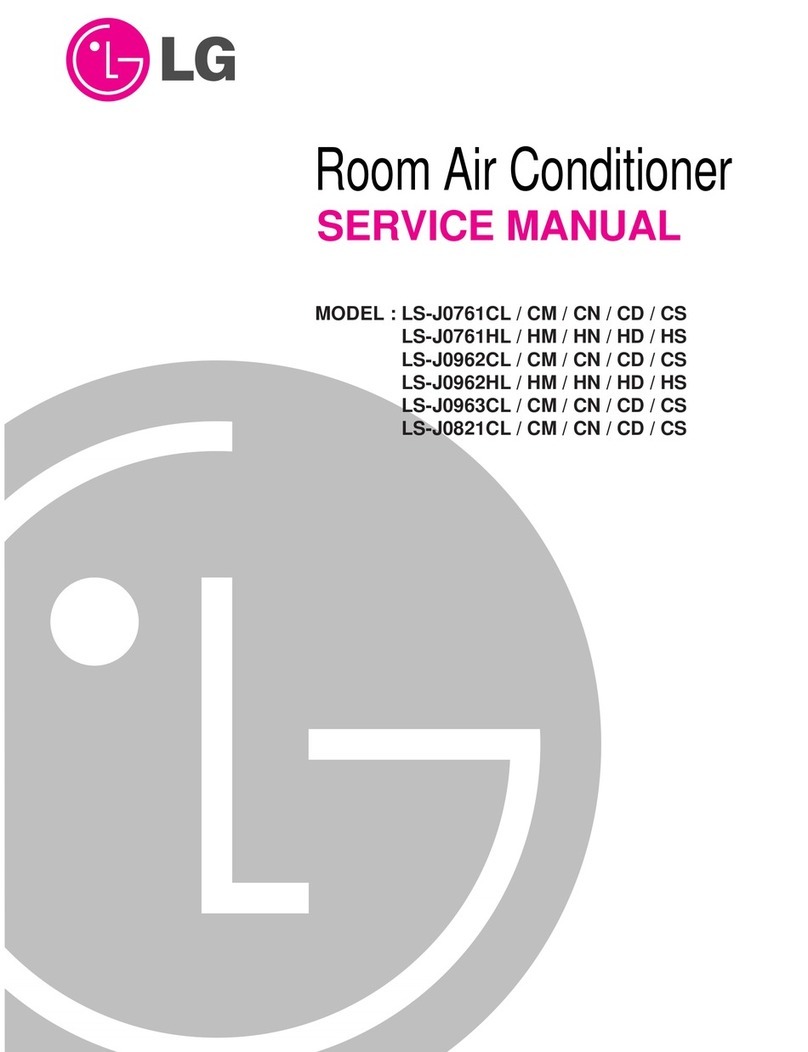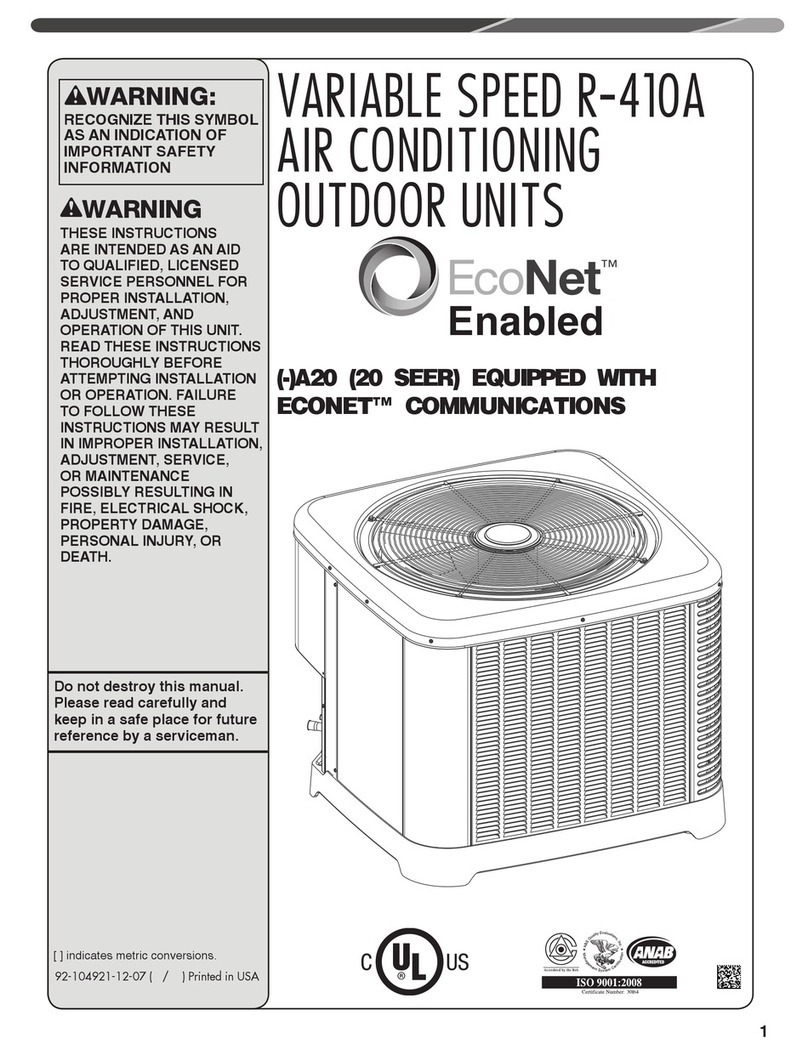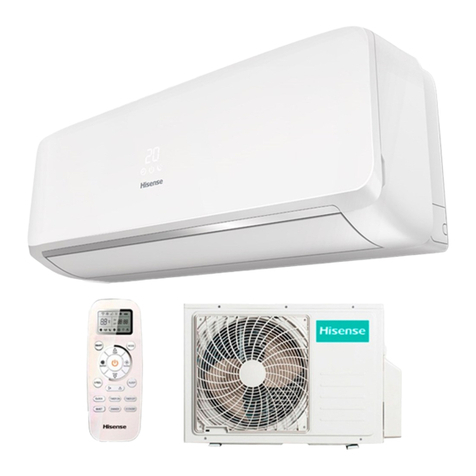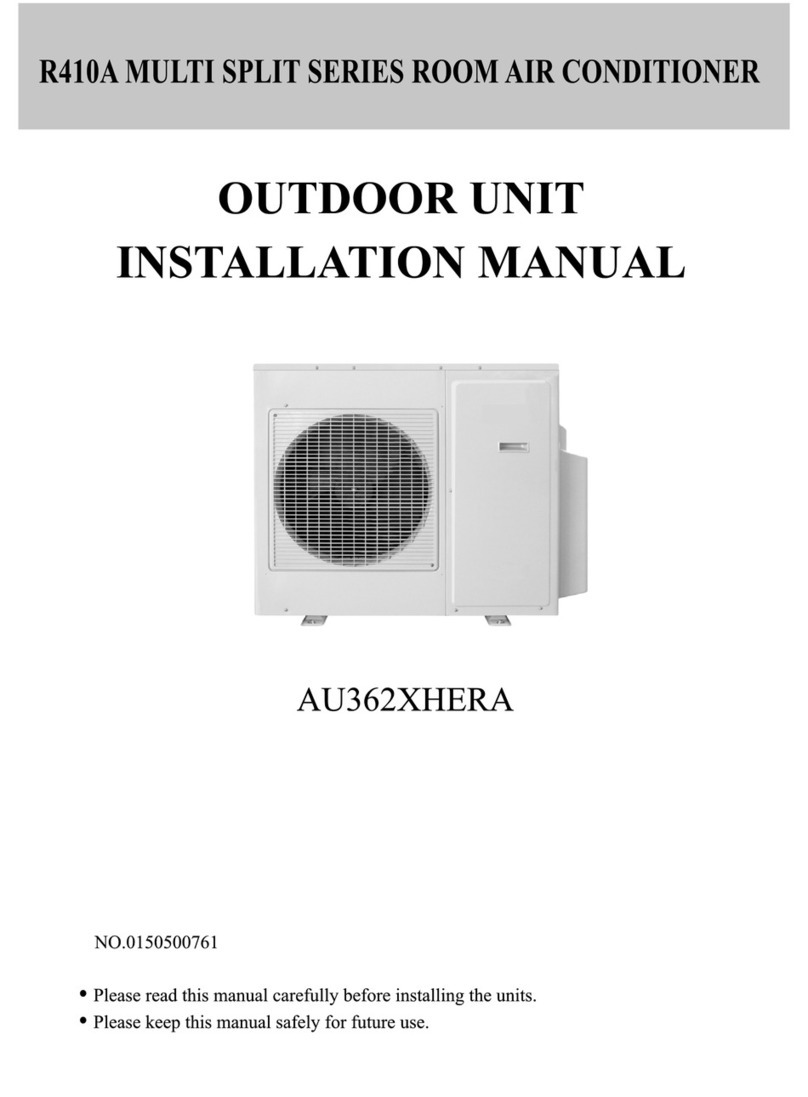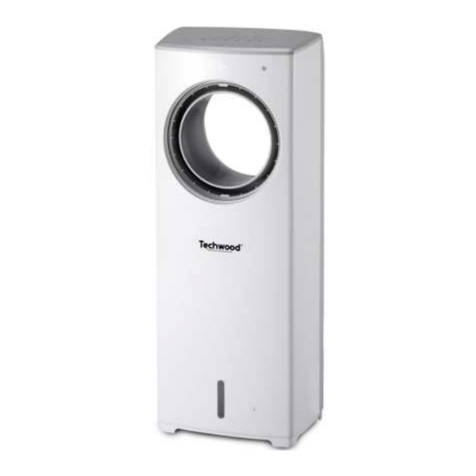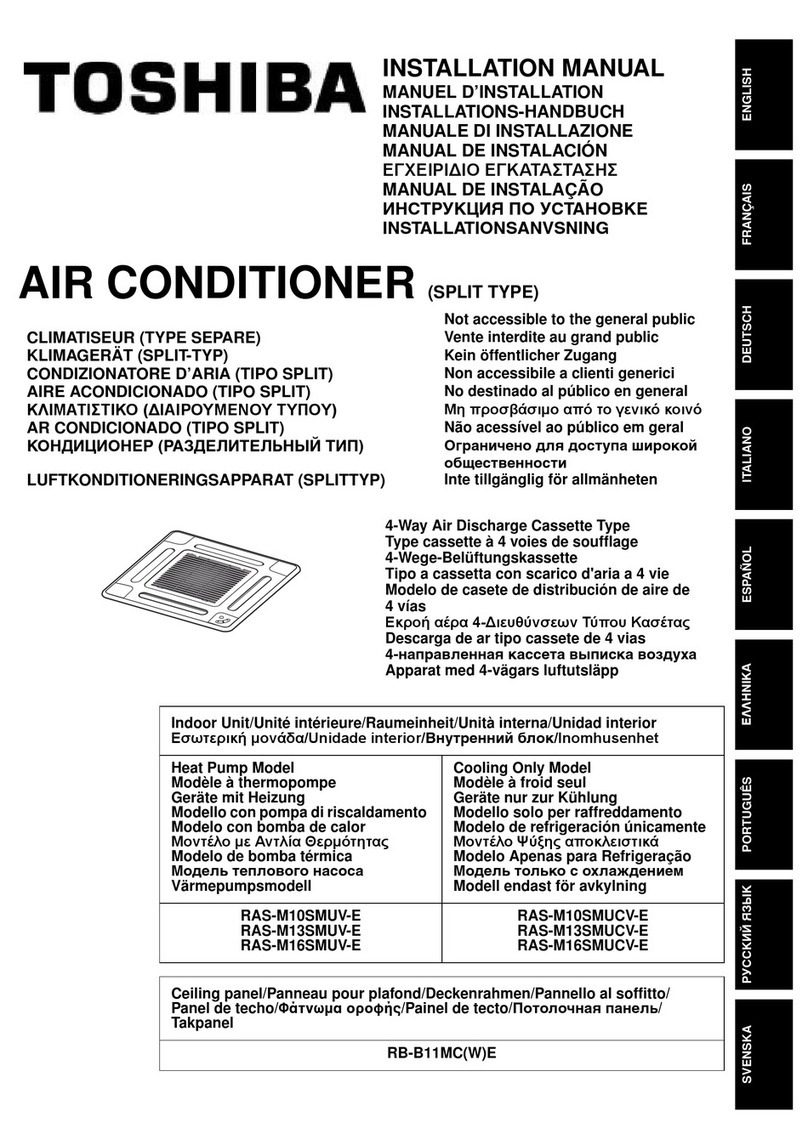1
IMPORTANT!
Please Read Before Starting
This air conditioning system meets strict safety and
operating standards. As the installer or service person,
it is an important part of your job to install or service the
system so it operates safely and efficiently.
For safe installation and trouble-free operation,
you must:
●Carefully read this instruction booklet before beginning.
●Follow each installation or repair step exactly as shown.
●Observe all local, state, and national electrical codes.
●Pay close attention to all warning, and caution notices
given in this manual.
This symbol refers to a hazard or
unsafe practice which can result
in severe personal injury or
death.
This symbol refers to a hazard or
unsafe practice which can result
in personal injury or product or
property damage.
If Necessary, Get Help
These instructions are all you need for most installation
sites and maintenance conditions. If you require help for a
special problem, contact our sales/service outlet or your
certified dealer for additional instructions.
In Case of Improper Installation
The manufacturer shall in no way be responsible for
improper installation or maintenance service, including fail-
ure to follow the instructions in this document.
SPECIAL PRECAUTIONS
When Wiring
ELECTRICAL SHOCK CAN
CAUSE SEVERE
PERSONAL INJURY OR
DEATH. ONLY A
QUALIFIED, EXPERIENCED
ELECTRICIAN SHOULD
ATTEMPT TO WIRE THIS
SYSTEM.
•Do not supply power to the unit until all wiring and
tubing are completed or reconnected and checked.
•Highly dangerous electrical voltages are used in this
system. Carefully refer to the wiring diagram and these
instructions when wiring. Improper connections and
inadequate grounding can cause accidental injury or
death.
•Ground the unit following local electrical codes.
•Connect all wiring tightly. Loose wiring may cause over-
heating at connection points and a possible fire hazard.
When Transporting
Be careful when picking up and moving the indoor and
outdoor units. Get a partner to help, and bend your knees
when lifting to reduce strain on your back. Sharp edges or
thin aluminum fins on the air conditioner can cut your
fingers.
When Installing...
...ln a Ceiling, Wall or Floor
Make sure the ceiling/wall/floor is strong enough to hold
the unit’s weight. It may be necessary to construct a
strong wood or metal frame to provide added support.
...ln a Room
Properly insulate any tubing run inside a room to prevent
“sweating”that can cause dripping and water damage to
walls and floors.
...ln Moist or Uneven Locations
Use a raised concrete pad or concrete blocks to provide a
solid, level foundation for the outdoor unit. This prevents
water damage and abnormal vibration.
...ln an Area with High Winds
Securely anchor the outdoor unit down with bolts and a
metal frame. Provide a suitable air baffle.
...ln a Snowy Area (for Heat Pump-type Systems)
Install the outdoor unit on a raised platform that is higher
than drifting snow. Provide snow vents.
When Connecting Refrigerant Tubing
•Use the flare method for connecting tubing.
•Apply refrigerant lubricant to the matching surfaces of
the flare and union tubes before connecting them, then
tighten the nut with a torque wrench for a leak-free
con-nection .
•Check carefully for leaks before starting the test run.
NOTE:
Depending on the system type, liquid and gas lines may
be either narrow or wide. Therefore, to avoid confusion the
refrigerant tubing for your particular model is specified as
either “narrow”or “wide”rather than as “liquid”or “gas.”
When Servicing
•Turn the power OFF at the main power box (mains)
before opening the unit to check or repair electrical
parts and wiring.
•Keep your fingers and clothing away from any moving
parts.
•Clean up the site after you finish, remembering to
check that no metal scraps or bits of wiring have been
left inside the unit being serviced.
Others •In case the refrigerant gas
leaks during installation work,
ventilate well the work place.
If the refrigerant gas contacts
with fire, poisonous gas might
be generated.
•Upon completion of the
installation work, make sure
that there is no leak of the
refrigerant gas. If the leaked
refrigerant gas contacts with
fire such as stove or fan
heater, poisonous gas might
be generated.


















